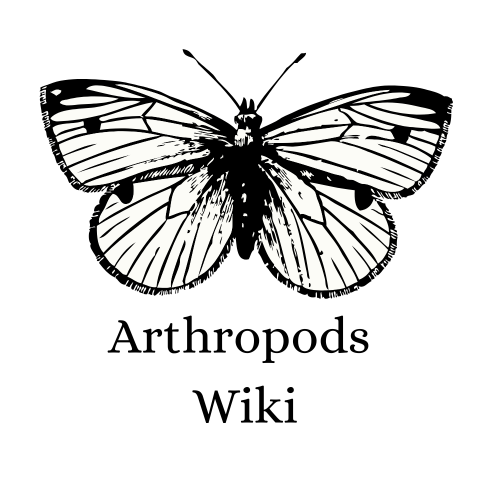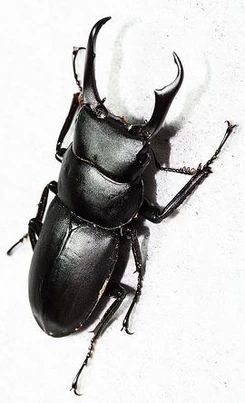|
Dorcus Rectus
| |
|
Kingdom
|
Animalia
|
|
Phylum
|
Arthropoda
|
|
Class
|
Insecta
|
|
Order
|
Coleoptera
|
|
Family
|
Lucanidae
|
|
Subfamily
|
Lucaninae
|
|
Genus
|
Dorcus
|
|
Species
|
D. Rectus
|
Dorcus rectus, also known as the little stag beetle is a species from the family lucanidae native to Several regions in Japan.
Morphology[]
Dorcus rectus have a distinctive maroon elytron which separates Dorcus rectus from other species from it's genus. The thoracic region and the head of Dorcus rectus is coated with an iridescent matt-black coloration. However the most interesting fact about Dorcus rectus s the trimorphic range of appearances with the first Dorcus Rectus male species having a large pair of horns with thorn or teeth like extensions for holding onto their prey and seizing them alive. The second species have a pair of medium sized horns with the presence of extensions of them similar to specimen 1 they have the most common occurrences and range. The third and the last species Sharp, small and curved scissor-like horns that can surely deliver a painful bite. The females have small mandibles that are only used for consuming food.
Behavior[]
Metabolism[]
tag beetle larvae generally feed on decaying wood; however, it was unknown whether they can use wood-rotting fungi alone as food. Here, to clarify this, newly hatched larvae of Dorcus rectus (Motschulsky) (Coleoptera: Lucanidae) were reared for 14 days on artificial diets containing a fixed amount of freeze-dried mycelia of the following fungi: Bjerkandera adusta (Smoky polypore), Trametes versicolor, Oyster mushroom, and Red banded polypore . The mean incremental gain in larval body mass was greatest. The growth rate of body mass correlated positively with mycelial nitrogen content of the different fungi. It also correlated positively with the mycelial content of B. adusta in the diet. Addition of antibiotics to diets with mycelia nearly halved larval growth, indicating that larvae were able to use fungal mycelia as food without the assistance of associated microbes although the microbes positively affected larval growth. Four newly hatched larvae reared on artificial diets containing B. adusta mycelia developed to the second instar in 21–34 days; and one developed to the third (=final) instar. This study provides evidence that fungi may constitute the bulk of the diet of D. rectus larvae.

